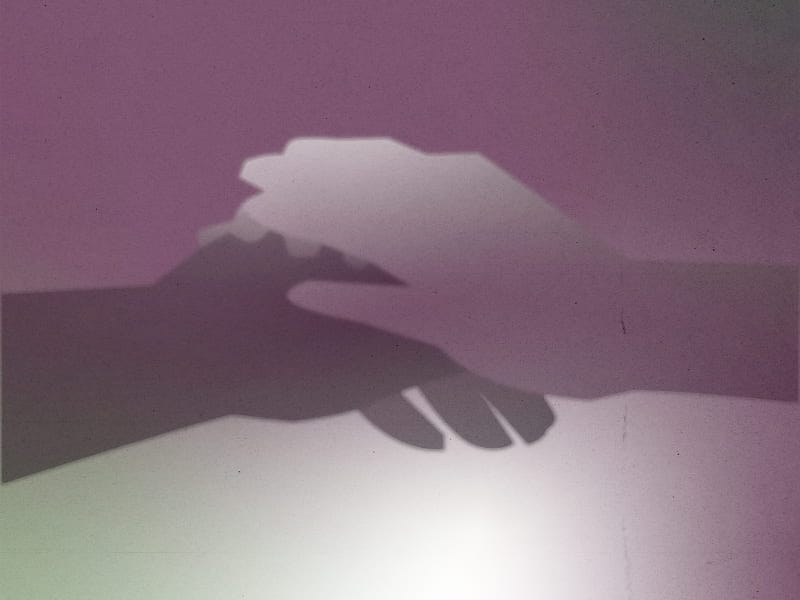Yearning for Images
Why, when we could simply “live in the moment,” do we choose to capture it in a photograph?

Why, when we could simply “live in the moment,” do we choose to capture it in a photograph?
Loss is tangible, but so is memory. After my grandmother passed away, I spent hours pouring through boxes of photographs to scan and use for a slideshow during her wake. I thought it would make my grief worse, but it was comforting. Those images captured the breadth of her existence—her life before my mother was born or I was born. More of her interests and passions. More of her fiery energy, her enthusiasm for life. Her joie de vivre. I didn’t have exact dates for some of the photos, but many of my favorites were from the 60s, after my mother and aunt were born, but before the next generation of her lineage came into existence. Many of those photos captured my grandmother in the age I now claim as my own (mid 30s). Never too far from her hand was a cocktail or bottle of champagne. In many of the photos, she sported aviator sunglasses and wore colorful, coordinated silky outfits. Her and Papa were often dancing, leaning into what I hope were an abundance of silly, simple moments in a societally complicated time.
Those images captured the breadth of her existence—her life before my mother was born or I was born.
She passed in January, but a few days ago, I looked through a small collection of photos (my favorites) that I kept for myself. Some were of her and some were of my mother in her teenage years, young and free. What strikes me most now are the parallels of image keeping. Nana did it then. My mother did it then. And I do it now, too. Why, when we could simply “live in the moment,” do we choose to capture it in a photograph? What does the capturing say about that place in time? I’d like to think it is not a distraction from, but a yearning to hold tightly to all the elements that make living—that make connection—so great. The joy and the laughter and the people. The place and the timing. Everything that came before that particular point in time without the knowledge of what could come after. It is the physical manifestation of adoration. And it is adoration, too, for the photographer and for whomever views the moment after. I can be there in that room, with those drinks, hearing that laughter, dancing to that music, relishing in that moment. For that, I am grateful.